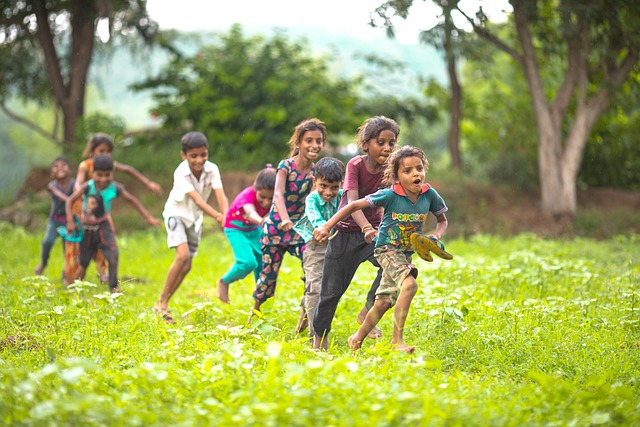
Seoul, South Korea – A sobering demographic reality has placed South Korea in an unenviable position on the global stage. According to recent data compiled by the Japanese government based on the United Nations' World Population Prospects, South Korea now holds the distinction of having the lowest proportion of children (aged 0-14) among all countries with a population exceeding 40 million. This marks a critical juncture, surpassing even Japan, a nation that has long grappled with the challenges of a rapidly aging society and declining birth rates.
The data reveals that in the past year, South Korea's youth population (individuals aged 14 and under) constituted a mere 10.6% of its total populace. This figure is the nadir when compared to the 37 most populous nations on Earth. Notably, Japan, which has been confronting the complexities of low fertility and an aging demographic structure for a longer period, recorded a slightly higher youth population ratio of 11.4% during the same period. South Korea crossed this threshold in 2020 and has since remained at the bottom of this critical demographic indicator among major global players.
The starkness of South Korea's situation becomes even more apparent when juxtaposed with other developed and developing nations. Following Japan in the ranking of low youth population ratios are Italy (11.9%), Spain (12.9%), Germany (13.9%), and Thailand (14.7%). Even countries facing their own demographic transitions, such as China (16.0%), France (16.5%), the United Kingdom (17.2%), and the United States (17.3%), exhibit significantly higher proportions of their populations under the age of 15.
Alarmingly, projections from South Korea's own National Statistical Portal (KOSIS) paint an even bleaker picture for the future. The youth population ratio is anticipated to decline further, reaching 10.2% in the current year and dipping below the 10% mark to 9.7% in the coming year. As of February's resident registration statistics, the absolute number of individuals aged 0 to 14 in South Korea stood at 5,428,000, representing just 10.6% of the total population. This shrinking base of future generations presents profound challenges for the nation's long-term social, economic, and political stability.
The reasons behind South Korea's unprecedentedly low birth rate are multifaceted and deeply entrenched in its socio-economic fabric. High costs of raising children, including exorbitant education expenses and intense competition in the academic and professional spheres, act as significant deterrents for prospective parents. Furthermore, the lack of adequate work-life balance, limited affordable childcare options, and career interruptions disproportionately affecting women contribute to the reluctance to have children. Societal pressures and changing values regarding marriage and family also play a crucial role in this demographic shift.
The implications of a rapidly aging society with an ever-shrinking youth population are far-reaching. A declining workforce can lead to slower economic growth, increased pressure on social security and pension systems, and a reduced capacity for innovation and dynamism. The burden of supporting a growing elderly population will fall on a proportionally smaller younger generation, potentially leading to intergenerational tensions.
Moreover, a low birth rate can have significant social and cultural consequences. The vibrancy and dynamism of a society can be diminished with fewer young people, impacting cultural trends, consumer markets, and the overall sense of national vitality. The closure of schools and the shrinking pool of potential recruits for the military are already becoming tangible realities in South Korea.
The comparison with Japan is particularly poignant. While Japan has been grappling with its demographic challenges for decades, South Korea's rapid decline in fertility rates has been even more precipitous in recent years. This "unprecedented situation," as described in the initial report, underscores the urgency with which South Korea must address its demographic crisis.
Governments in various countries facing low birth rates have implemented a range of policies aimed at encouraging childbirth, including financial incentives, improved childcare infrastructure, and more family-friendly work environments. South Korea has also introduced numerous measures over the years, but their effectiveness in reversing the trend has been limited. Experts suggest that a more comprehensive and multi-faceted approach is needed, addressing not only the economic burdens of raising children but also the societal and cultural factors that influence reproductive decisions.
The long-term consequences of South Korea's demographic trajectory necessitate urgent and decisive action. Without a significant shift in birth rates, the nation faces a future characterized by a shrinking and aging population, with profound implications for its economic competitiveness, social welfare systems, and overall societal well-being. The current situation serves as a stark warning and a call to action for policymakers, businesses, and society as a whole to prioritize the creation of an environment that supports and encourages the raising of the next generation. The title of having the world's lowest child population among major nations is not merely a statistical anomaly; it is a symptom of deep-seated challenges that demand comprehensive and sustained solutions to safeguard South Korea's future.
[Copyright (c) Global Economic Times. All Rights Reserved.]






























